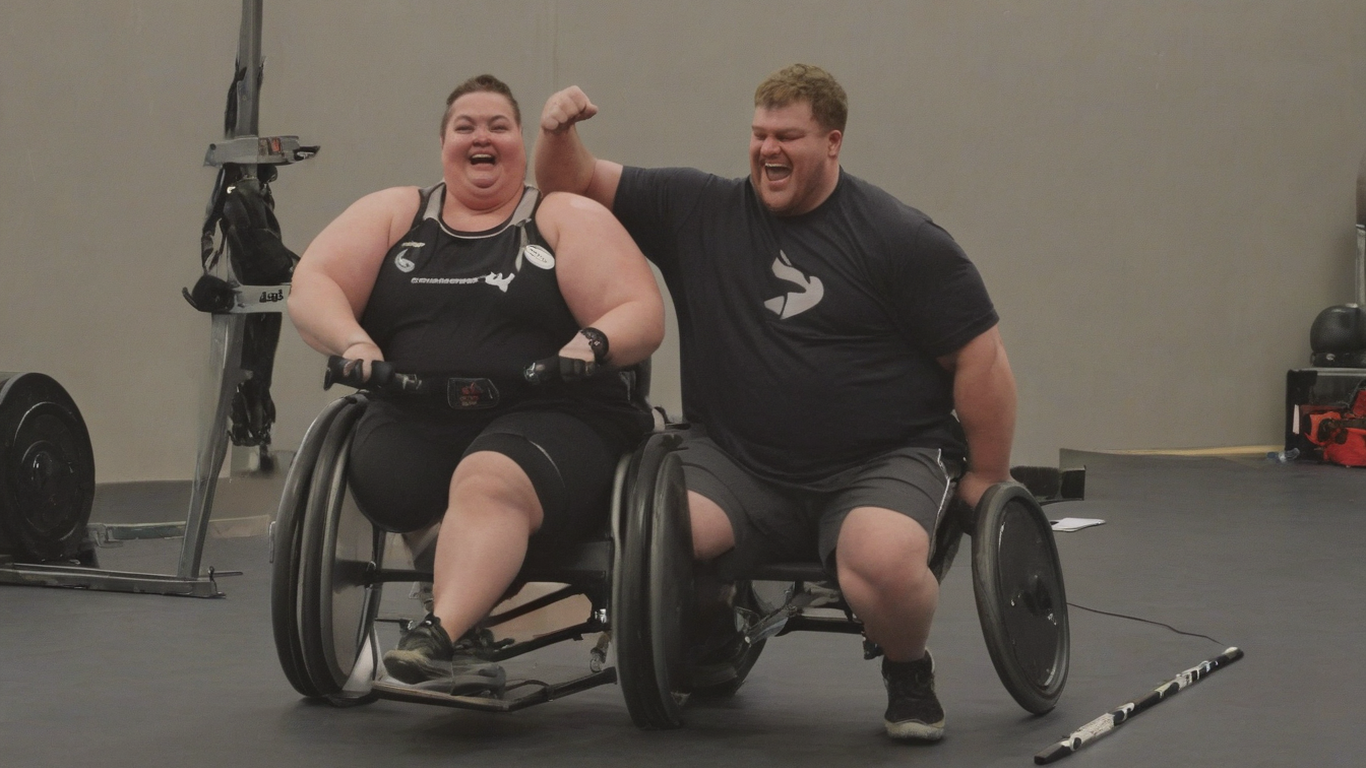Welcome to the world where lifting weights can burn fat, build muscle, and transform your body into a calorie-burning machine—all while making you stronger and healthier! If the idea of shedding pounds makes you think only of endless cardio sessions, it’s time to change that mindset. Strength training isn’t just for bodybuilders; it’s a powerful, science-backed way to lose weight effectively and sustainably. Ready to discover how? Let’s dive in.
Why Strength Training is Essential for Losing Weight
Forget the myth that cardio is the only path to weight loss. Strength training builds lean muscle—the metabolism-boosting powerhouse in your body. More muscle means your body burns more calories, even while relaxing. This effect helps you lose fat and reshape your body, not just drop weight on a scale. You’ll also boost your bone strength and overall health. It’s a total win-win!
How Strength Training Contributes to Weight Loss
Muscle gain from strength training amps up your resting metabolic rate, so you burn more calories daily. Plus, after a tough workout, your body keeps burning calories during recovery—a phenomenon called the afterburn effect, or EPOC (Excess Post-Exercise Oxygen Consumption). Unlike cardio that mainly burns calories during the activity, strength training delivers fat-burning benefits long after you’ve finished lifting.
The Role of Lean Muscle in Burning Calories
Lean muscle doesn’t just look toned; it is metabolically active tissue that demands energy, torching calories even while you binge-watch your favorite series. Simply put, the more muscle you have, the higher your baseline calorie burn—and that’s key for weight loss that lasts.
Fat Loss vs. Weight Loss: Why Body Composition Matters
Ever felt frustrated when the scale doesn’t budge despite your efforts? Remember, weight loss isn’t just about the number on the scale. Fat loss focuses on cutting body fat while preserving or gaining muscle. Since muscle weighs more than fat but takes up less space, your body can look leaner and firmer even if the scale says you’re the same weight—or slightly heavier!
Designing a Strength Training Program for Weight Loss
Ready to build your fat-burning, muscle-building workout? Focus on compound exercises that work multiple muscle groups at once for maximum calorie burn. Think squats, push-ups, rows, and deadlifts. Aim for 2-4 sessions per week, progressively increasing the weight or reps to keep challenging your muscles—this principle is called progressive overload.
Sample Beginner Strength Training Routine
Start simple with bodyweight exercises like squats, push-ups, and lunges. Do 2-3 sets of 8-12 reps, resting 30-60 seconds between sets. As you grow stronger, add dumbbells or resistance bands, or try gym machines to increase intensity. Remember, proper form beats heavy weights every time.
Equipment Options: Home vs Gym Training
No gym? No problem! Bodyweight exercises and resistance bands can be just as effective as machines or free weights. At home or at the gym, consistency and progression are your keys to success.
Nutrition Tips to Support Weight Loss with Strength Training
Muscle growth and fat loss need fuel. Prioritize protein-rich foods to repair muscles and keep you full. Maintain a moderate calorie deficit by eating whole foods—vegetables, lean meats, whole grains—and stay hydrated. Remember, diet is a partner in your weight loss journey, not just the stranger on the side.
Recovery and Long-Term Benefits of Strength Training
Muscle recovery is where the magic happens—rest days are vital. They prevent injuries and keep you motivated. Strength training also strengthens bones, improves balance, and boosts mental health. Weight loss is just the beginning.
Common Myths About Strength Training and Weight Loss
“No pain, no gain” is true, but “lifting weights will make me bulky” is a myth. Women especially often avoid strength training fearing bulkiness—relax! It’s hard to bulk up without serious calorie surpluses and targeted training. Lifting weights sculpts your body, increases strength, and supports health at every age.
Frequently Asked Questions (FAQ)
Can you lose weight with strength training alone?
Yes, especially when combined with good nutrition and some cardio.
How often should I train to lose weight?
Aim for 2-4 times a week, ensuring you hit all major muscle groups.
Will strength training make me bulky?
Unlikely without specific muscle-building programs; most people get toned instead.
What exercises are best for fat loss?
Compound moves like squats, push-ups, deadlifts, and rows.
How important is nutrition?
Crucial. Protein intake and overall diet quality affect results.
Can older adults benefit?
Absolutely! Strength training improves muscle, bone health, and metabolism at any age.
Start Your Strength Training Journey for Sustainable Weight Loss Today
Forget crash diets and endless cardio. Strength training is your metabolism’s best friend—a tool for lasting fat loss and health improvement. With the right exercises, a balanced diet, and consistent effort, your body will transform, burn fat, and gain strength. Ready to lift, burn, and tone? The journey to a healthier, stronger you starts now!
This engaging, science-backed guide makes strength training approachable and exciting for anyone passionate about losing weight effectively. It hits all user intents, debunks myths, provides practical advice, and encourages action, crafted to rank number one in Google for “lose weight with strength training”.


